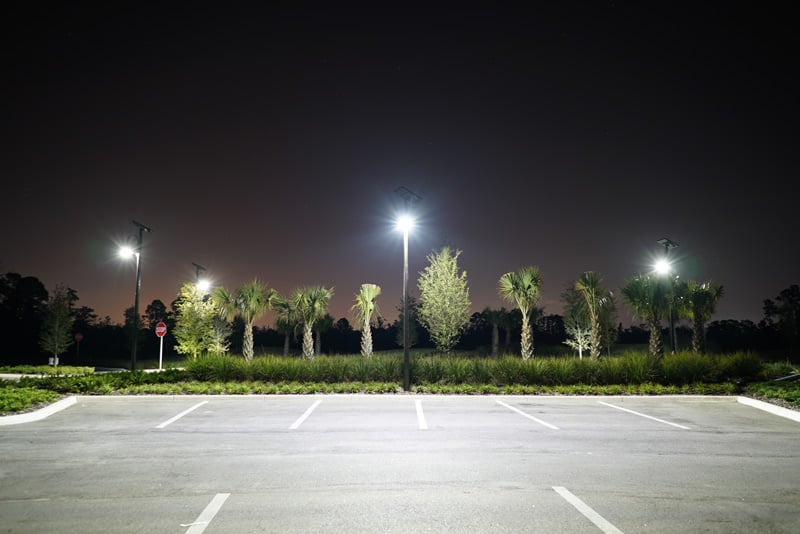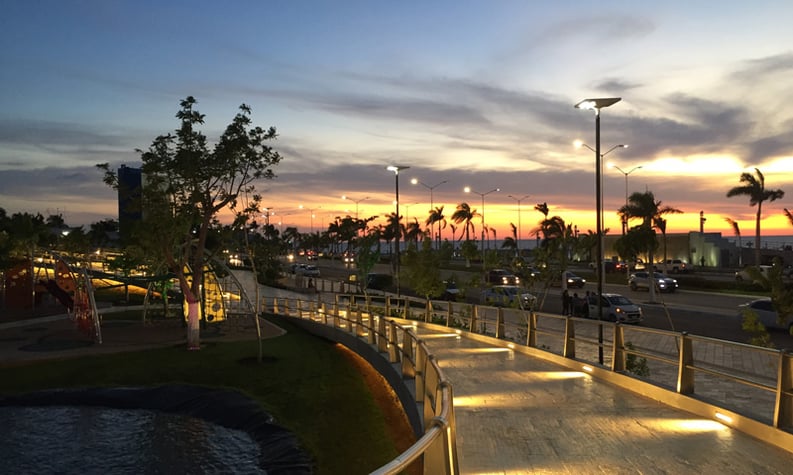
Lighting defines the public space in many ways. It provides visibility and readability but it also brings a real surplus of security, especially to streets, roads and pathways. Lighting enhances the architectural presence of buildings and landscapes.
To be perfectly adequate, public lighting must be efficient and provide no-glare eye comfort while abiding to existing codes and specifications. It also has to match with environmental requirements to be compatible with sustainable development policies.
The inherent qualities of Light Emitting Diodes (LEDs) have positioned them on the vanguard of public lighting: they are efficient, deliver a great light source and last longer than any other light emitting technology. But what makes « lighting quality »? Let’s review the fundamentals of light measuring.
How is light measured?
Photometrics - the science of light measurement - relies on a set of different units.
LUX (lx): the unit of illuminance, measuring luminous flux per unit area. It is equal to one lumen per m2. In photometry, this is used as a measure of the intensity, as perceived by the human eye.
CANDELA (cd): the base unit of luminous intensity perceived by the human eye that is, luminous power per unit solid angle emitted by a point light source in a particular direction. It varies according to the nature and color of the lighted surface and is particularly important when lighting a road or paving.
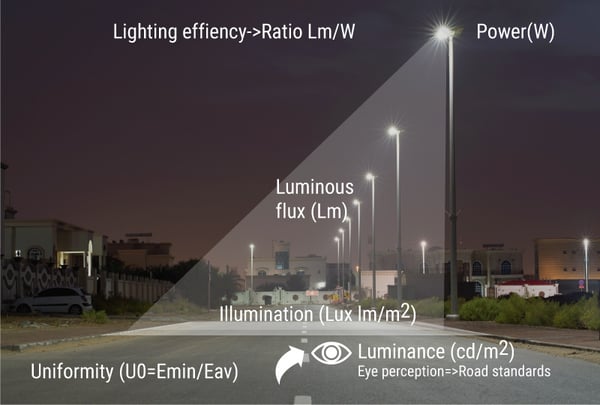
KELVIN (K): measures the temperature of the color of a light source. A 5700K source is a cold white, a 4000k is considered a neutral white and a 3000k is a « hot » white.
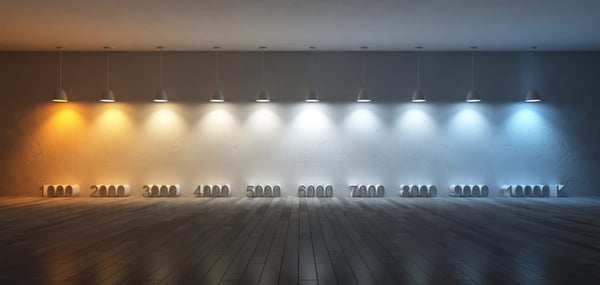
Criterias evaluating the quality of public lighting
Quality lighting is, for the most part, smart lighting. To be efficient, light has to be more than a presence. It must be finely tuned to deliver the right amount at the right time to enhance the general perception of volumes, colors and spaces. When this is done, both crisp shadows and clear vision emerges without excessive glaring or undesired reflections..
Two parameters help specify the quality of lighting: the lighting performance (in lx or cd depending on the application) and its uniformity (U0) ratio based on the least lighted point to the average lighting of a zone.
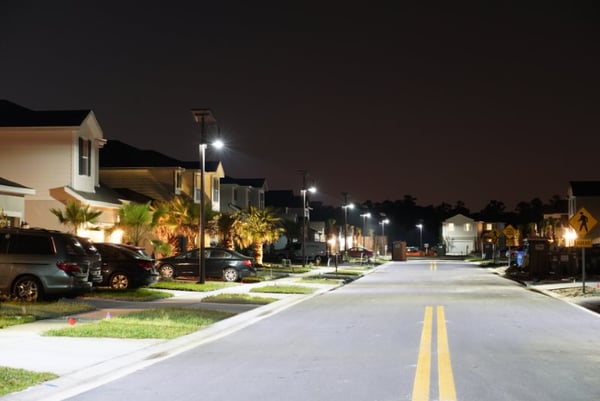
AVOIDING BAD PRACTICES
Poor uniformity or low lighting performance can result from a wrong selection of optics or a bad positioning of some of the lamp posts. A great lighting requires a true knowledge of all the fixed and variable parameters involved. The alternance between well lit and dark portions of a road - poor uniformity - is a real danger for motorists as it induces visual fatigue.
A good uniform lighting is also added security and comfort for all sidewalk users as it reduces stress and anxiety. Measuring the full visual impact of a specific lighting installation may require extra values such as glaring levels.
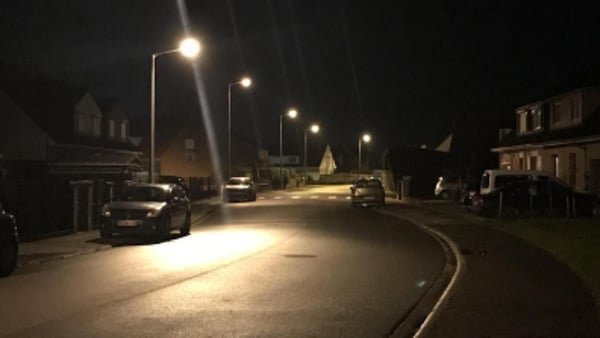
Quality lighting has to be sustainable and reliable
Usual technical quality criterias are joined in the equation with more sensible notions such as quality of life, environment protection, eco-friendly development and limited energy consumption. Public bodies such as the french association for lighting - l’Association Française de l’Eclairage (AFE) - advocate for a « just » public lighting that delivers the right amount of persistent light required to visually perform the tasks intended in a specified space or eone.

Today’s solar lamp posts are a serious way to reduce energy consumption therefore reducing lighting’s carbon footprint and impacting positively light pollution. In some cases, solar lamp posts can also greatly help with the BBC / LEED classification of buildings.
Today’s solar lamp posts have reached and surpassed the performance and durability of traditional lighting systems. They satisfy all criterias of superior lighting while anticipating the future requirements of sustainable development.
